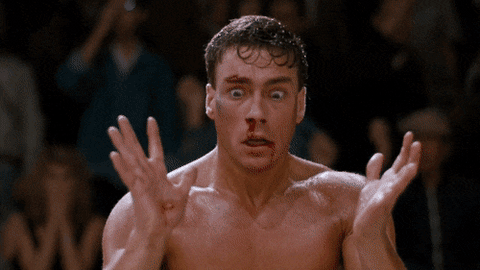How martial arts can help with anger
It is a common story. Someone having experienced something traumatic and doesn’t know how to process the experience develops extreme behaviours. Think movies like Karate Kid, Never Back Down, or Warrior. Dealing with poverty, bullying, and loss completely overshadows their behaviour leading them to make some questionable choices. Then through a series of synchronistic events they find themselves faced with learning a martial art, and through that art they transform their pain into something beneficial.

What does this have to do with anger?
Let me first set the stage by stating for the record that I’m not a psychologist. And the information shared here comes from my own healing practice, working with spiritual mentors and studying human behaviour over a long period of time.
Anger. Anger gets a bad rep because if untended can be very destructive. Think war, aggression, violence.
Yet emotions are neither bad nor good, they simply provide information. On the positive side, anger inspires action by telling you what’s not working for you. It tells you who/what is overstepping your boundaries. It asks you to take your responsibility back. It allows you to choose again.
From an energetic perspective, anger has an upward motion; it needs to leave your body. Anger literally NEEDS movement to leave the body.
I have personally spent a lot of time working on emotional wellbeing and for so many years I thought emotional intelligence was the ability to “control” emotions. What I have learned is that control doesn’t put the energy anywhere useful. The problem is when you don’t process it, or ignore it, then they tend to control you instead.
The scenario is that you are angry; you realize a boundary has been crossed and you want to set it right, but you have no control over the outcome of the situation. The outcome is in the hands of someone else, the deed is done, the betrayal has happened. How do you respond? For the most part I believe we hope we don’t let anger drive our response (especially when we are dealing with family, friends, or colleagues). Then where does that anger go, where do we put it? On the mat.

Every time you step on the mat, or in that ring, you can intentionally decide to transform that energy into something beneficial. Drawing on the explosive energy in training will not only leave you feeling lighter, but it will allow you to communicate boundaries with an even head when you need to.
Maybe you do this already. Then this level of awareness and intentionality can really bring more depth to your practice. You can literally declare that the anger and energy you release can be transformed into new, useful energy.
While you might not have control over a situation or another person, you ALWAYS own your-self.
Who knows, you might find that you find more strength and passion with your practice when you bring awareness to how you are feeling beforehand.

Please remind yourself of the real message of anger: that of dis-empowerment. It’s never truly about the other. It’s about not acting (or not knowing how to act or even not being capable to act) on your actual needs and desires.
It is no wonder then that martial arts movies really appeal to people and it is a story that resonates. There is a real sense of freedom when you not only process your emotions but learn to use them to help you achieve your goals.
“Any anger that is not coming out, flowing freely, will turn into sadism, power drive, stammering, and other means of torturing.” – Bruce Lee
|
|
Samantha Mogulko When not spending time with my family, you’ll find me on the Muay Thai or Yoga mat, or with my nose in a book. While my day is spent in corporate retail, I am a certified Reiki practitioner and tarot card reader. Life is about the mind, body, and spirit and I spend time strengthening that connection. |








